So you’re trying to figure out all of Endless Frontier‘s systems, getting used to the arena, Tower of Trial, and Spirit Highlands. Everything’s going swimmingly but you’re still a bit confused about units. You can tell which ones seem useful, but with so much information thrown in your face with each one it’s hard to figure out where you can go with your team.
If this sounds like you, it’s time to get a big ol’ refresher on unit details and progression. That’s all right, this stuff is complicated. How are you supposed to determine which units you should focus on if you aren’t familiar with the intricacies of the system?
Much of a unit’s place on a team is based on its attack type and style, tribe, unit skills, and special abilities. Stats are also important but much of your time trying to build a team in Endless Frontier is going to be focused on what’s listed above.
The goal of this guide is to introduce a new player to the building blocks of team building. In this case this means choosing a tribe (or two), your cores and supports, and progressing linearly. Here we’re focusing mostly on your primary team, which has a maximum of 12 units.
Tiering your medal priorities (core vs. support)
Medals don’t grow on trees — a painful lesson as you push through each revival and try to enhance your units.
It is not recommended to invest medals into all of your units. Because the stat improvements that come with enhancing only get larger as you reach higher enhancement levels, it is in your best interest to focus your medals on units with the highest damage or clear speed potential. These are called cores (or carries, if you prefer MOBA terms) and will be carrying your team on their broad enhanced shoulders.
Stacking all your medals on your chosen core units ensures you will always be progressing into further stages on your next revival, which (due to each stage giving more medals than the last) leads to even better medal accumulation and economy.
Medal efficiency
We’ll go into choosing cores and supports here shortly, but I really can’t emphasize how much more efficient your progression gets if you stack medals on your cores.
 Stack’em high!
Stack’em high!
Try to keep your supports’ enhancement levels at no more than half that of your cores. If your cores are rocking 1300 enhancement levels, your supports should be no higher than 650. Of course, there are some other important factors that should go into your support enhancement levels. But we’ll go into those later. We can’t really progress if you don’t know your supports and cores.
2 or 4 cores?
As a last note, you’re either going to want to go with 2 or 4 core units depending on your priorities. In either case you need an equal amount of physical and magical attackers (1:1 for 2 core, 2:2 for 4 core).Established human 2 core. Notice core vs. support enhancement levels.
2 cores (1 physical, 1 magic) are better for brute forcing through stages. If you’re primarily focused on medal grinding, this is the way to go. It’s generally advised newer players go the 2 core route for quick medal gains to get off the ground, but 2 core is viable in general. Its only real drawback lies in dungeon tribe restrictions.
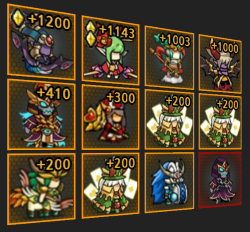 Early stage human and undead 4 core. Core vs. support levels in line.
Early stage human and undead 4 core. Core vs. support levels in line.
A 4 core (2 physical, 2 magic) team sounds like the ideal on paper, but with how high medal costs are on enhancements it means you’re going to be spreading your medals thin. This effectively will make your immediate medal gains less than a two core’s as you’ll be putting them between four units instead of two, and hence will be raising their enhancement levels at a slower rate.
A 4 core team is easier to handle the dungeon with due to tribe restrictions. If you split your cores between two tribes you won’t have to deal with those pesky restrictions so much. They also make a better damage wall in the arena, but often arena matches really do come down to one-shotting.
Determining your core and support units
Now just to preface this: There often are no in-game indications as to whether a unit is better suited to being core or support. You can poke around the community and get a feel for it, but most powerful units can be used in either position.
There are a few universal factors that make a unit a good core:
- Area attacks instead of single target
- Long attack range
- Crowd control or a good debuff
These are good guidelines to start but they are not set in stone. There are exceptions in exceptional units.
An example of an exception lies the currently popular Sword Dancer is a melee unit but her dash-attack, additional projectiles, and immunity to stun and paralysis (plus blows on Senior) make her a formidable Elf core.
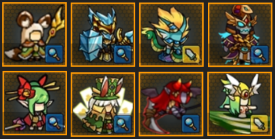 Some exceptional units.
Some exceptional units.
The line between core and support in Endless Frontier is very blurry and there are very few units that are pigeonholed into one role or the other, though some are better suited to supporting or carrying their team than others.
For reference, here are some of the best current core units for each tribe. Do note this is not an exhaustive list, but are some units you should be excited about getting.
Orc
- Ice Spirit (Magical)
- Ice Wizard (Magical)
- Naga (Physical)
- Raptor Rider (Physical)
- Wyvern Rider (Magical)
Human
- Valkyrie (Physical)
- Hot-blooded Xuanzang (Physical)
- Pilot (Physical)
- Fire Mage (Magical)
- Steam Punk (Magical)
Elf
- Sylphid (Physical)
- Hoyden Goku (Physical)
- Sword Dancer (Magical)
- Druid (Magical)
- Alchemist (Magical)
Undead
- Dark Admiral (Physical)
- Medusa (Physical)
- Lich (Magical)
- Incubus (Magical)
- Succubus (Magical)
Tribe differences
Some players really get stuck on which tribe they should go with, and the easiest answer is really simple: Choose the tribe(s) you have the best units for.
Most players go with either a single or double tribe team, often simply based on the units they get. Though single tribe teams certainly have their benefits (primarily tribe buff unit skills), they have the detriment of not being very defensively versatile.
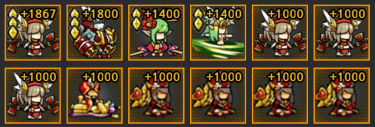 Elf + human team. Undoubtedly a whale.
Elf + human team. Undoubtedly a whale.
Each tribe not only has a type of crowd control they specialize in, they have one they are immune to when seniored (evolving to 6 stars). Going the two tribe route grants both of those as bonuses.
Let’s take a look at the types of CC each tribe specializes in, as well as what they’re immune to:
- Orc – Specializes in freezing. Has the added benefit of higher tier stealth units than other races (Naga, Wyvern Rider). Seniored orc units are immune to stuns.
- Human – Specializes in stuns. Seniored human units are immune to knock-backs.
- Elf – Specializes in knock-backs. Immune to blow attacks.
- Undead – Specializes in blow attacks. Many have additional debuffs. Seniored undead units are immune to freezing.
Just because you’re choosing a primary race (or two) doesn’t mean you can’t have supports of other races on your teams.
It’s not uncommon for teams of any race to have Priests or Battle Drummers as supports for their benefits. Priests can speed your runs up considerably and Battle Drummers benefit all races with heavy buffs.
Unit transcendence
Transcending (transing) units is an integral part of progression. Those yellow diamonds next on unit portraits indicate their trans level, which has a maximum level of 3.
Going through with transing takes your cores even further stat-wise than they would otherwise, with each trans granting a 50% increase in base HP, attack, and defense. The third trans landing the unit at x2.5 the stats mentioned. It is a permanent increase to that unit, even if you sell it to the Time Shop.
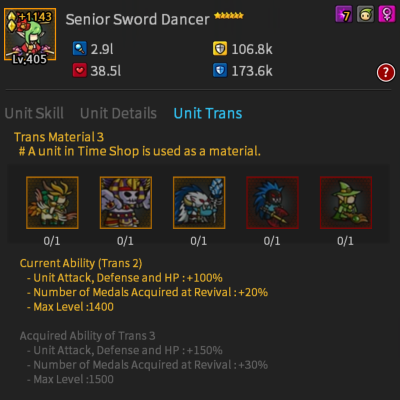
Transing is a vital part of progression in the long run, but it’s very expensive and requires evolved units fodder as well as Honor Coins to be done. As such it’s not something you generally do early on in your Endless Frontier career.
Because it’s so expensive, you want to stick to only transing your cores — and even then, only cores you know for sure you’re going to be using in the long run. When you’ve been at it a while it’s less of a big deal, but early on these decisions heavily impact your gameplay.
Ekkorr gives out Transcendence Tickets from time to time. These are best used to get units to trans level 1, and from there you go through the normal method via unit evolution and feeding. That said you may want to hold onto them in case you are unable to get the units you need to trans later on.
Pumping supports with medals
Your cores should be your primary medal focus and we’ve talked more about cores here than supports, but you do need to take care of your supports.
Some stats are more vital than others when it comes to progression and your supports will definitely boost them. The most important stats granted in unit skills are:
- Movement speed – Allows you to move faster across the battlefield
- Attack distance – The further you can attack from, the safer you are
- Attack speed – Increases your chances of striking first
- Crit strike rate – You want the damage multiplier from critical hitting as much as possible
In the scheme of things, all five of these are immensely important. But when you’re trying to progress through stages, movement and attack speed are royalty with movement speed itself being king.
The general strategy is to feed medals to your units until they reach an enhancement level that improves one of these vital stats, as long as that level is at or less than 50% of your cores’ enhancement levels.
Because movement speed is so important, it should be the first thing you look for in unit skills to enhance up to — and not enhance past that until the next available movement speed skill if it has it. If not, aim for a support’s other vital stats and aim for those levels.
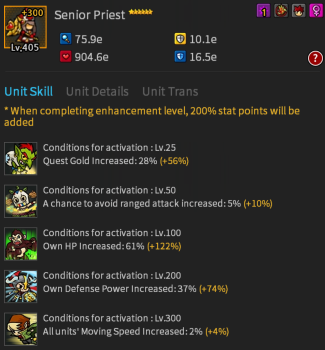
If this is confusing, here are some examples:
- Priest – Level 300 (All units’ movement speed+)
- Alchemist – Level 200 (Tribe’s movement speed+), level 500 (Tribe’s movement speed+), level 1100 (Tribe’s crit rate +)
- Battle Drummer – Level 700 (All units’ movement speed+), level 900 (All units’ attack distance+)
- Death Knight – Level 500 (Tribe’s movement speed+), level 1300 (Tribe’s movement speed+)
- Lich – Level 100 (Tribe’s movement speed+), level 300 (Tribe’s attack distance+), level 500 (Tribe’s movement speed+)
Aim for vitals and go not a single enhancement level higher.
Hopefully this guide has some information you’ve found helpful. As mentioned previously when I’ve written about Endless Frontier, I’m no pro. I’m learning from my mistakes and trying to right my previous team-building wrongs just like anyone else, and watching others fail has simply pushed me to write and try to prevent further new players from making the same mistakes.
Have fun with the game. Here’s to hoping you heed advice better than some people I know and don’t get stuck in the sub-1000 stage range for over a week.

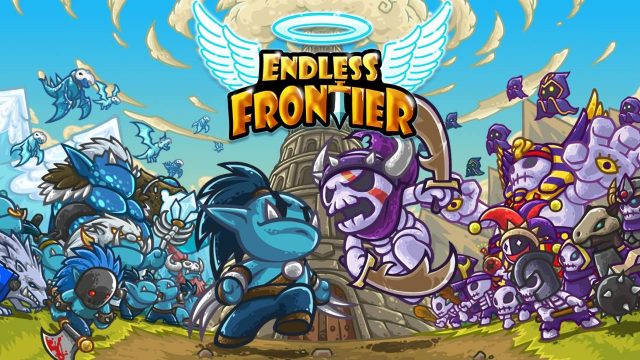
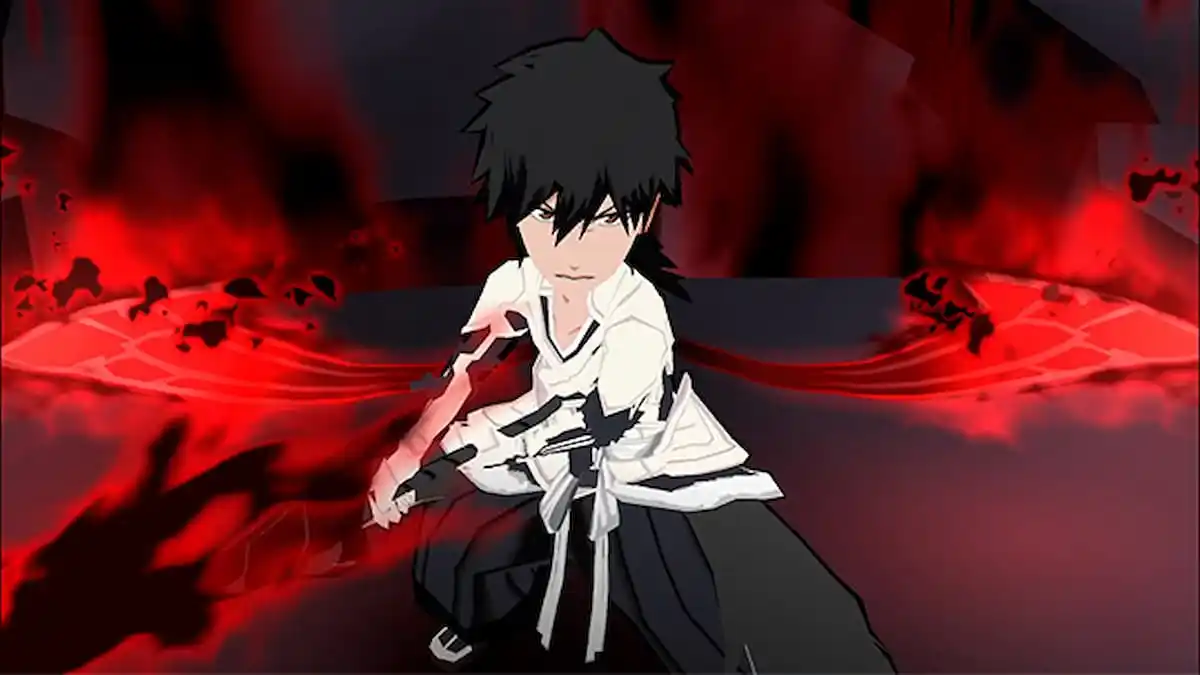




Published: Mar 29, 2017 06:39 pm